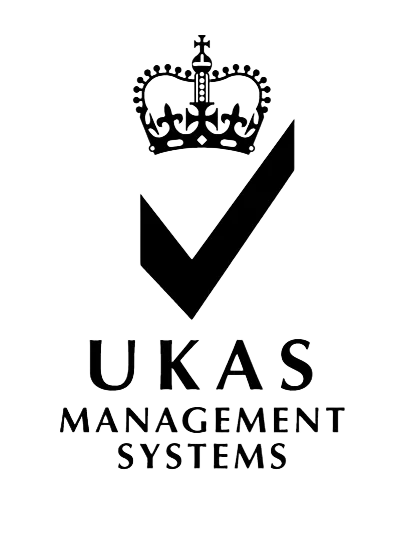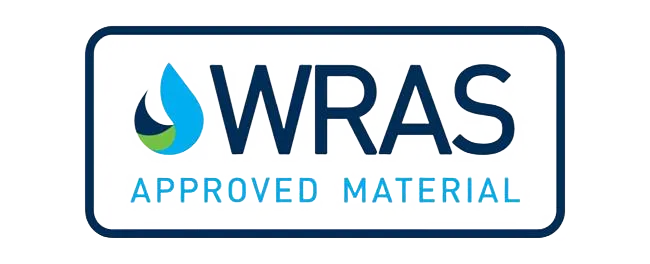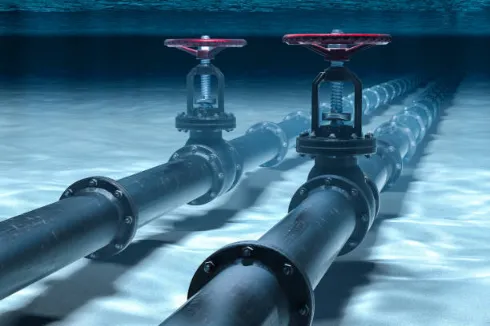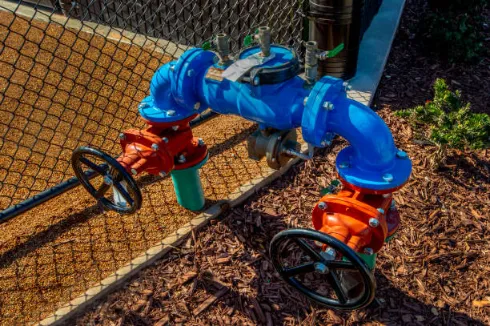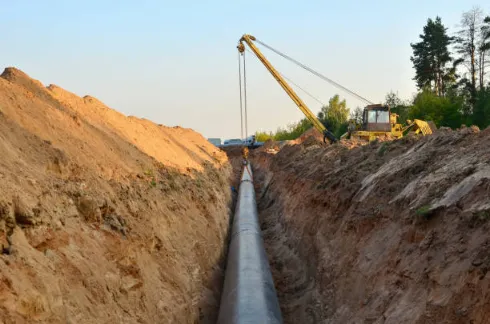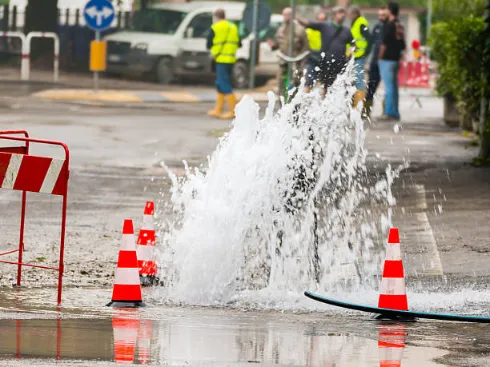
Ключевые характеристики гибких железных трубопроводных фитингов
Состав материала и механические свойства
Гибкое железо - это вид чугуна, смешанного с магнием. Эта смесь меняет графит внутри металла. Вместо плоских битов он делает круглые пятни. Эти петли дают материалу дополнительную прочность и гибкость. Таким образом, гибкие железные трубопроводные фитинги могут принимать жесткие удары без слома.
Эта вещь супер сильная. Его тягающая сила варьируется от 60 000 до 120 000 пси. Точка, где он начинает сгибаться, составляет около 40 000 до 45 000 пси. Также он может растянуться до 18%. Поскольку он настолько жесткий, гибкие железные трубные фитинги справляются с суровой погодой, как чемпион. Они часто являются выбором для труб, которые должны оставаться твердыми независимо от того, что происходит.
Коррозионная стойкость и долговечность в суровых условиях
Гибкое железо довольно хорошо борется с ржавью из-за его смеси железа и углерода. Эта смесь образует щит на поверхности трубы. Чтобы сделать его еще лучше, люди часто покрывают эти трубы цементным минометом. Иногда они добавляют покрытия, такие как полиэтилен или эпоксид для дополнительной защиты от ржавчины.
Эти трубы могут длиться более 100 лет. Они жесткие и безопасные, что делает их отличными для подземных установок. Даже в тяжелых местах они продолжают работать без проблем.
Номинальные давления и стандарты производительности
Сколько давления могут занять фитинги для труб из гвоздого железа зависит от их размера и того, как они соединены. Механические соединения могут обрабатывать до 350 пси. Фланцевые фитинги могут управлять немного меньше из-за своих болтов. Но они все еще соблюдают жесткие правила, такие как ANSI / AWWA C110 / A21.10.
Эти фитинги предназначены не только для стабильного давления. Они могут справляться с внезапными потрясениями, такими как приливы воды или землетрясения. Они немного согнутся без трещин, поэтому они идеально подходят для работ под высоким давлением.
Выбор правильных фитингов для вашего приложения
Оценка системных требований и совместимости
Выбор правильного оборудования начинается с того, чтобы знать, в чем нуждается ваша система. Что проходит через трубы? Вода, газ или нефть? Также нужно задуматься о давлении, температуре и месте, где будут сидеть трубы. Фитинги должны соответствовать трубам, которые вы используете, таким как ПВХ, сталь или гибкое железо.
Например, если ваши трубы сталкиваются с соленой водой или жесткими химическими веществами, выберите фитинги с ржавоустойчивыми покрытиями. В действительно сложных местах зажим из материалов, которые не ржавеют, является лучшим выбором.
Сравнение вариантов адаптера фланцевого железа
Адаптер фланцевого железа соединяет простые трубы с фланцевыми передачами, такими как клапаны или насосы. Это удобно для систем, которые часто нуждаются в ремонте или разрыве. Конфлексы суставы строит сильные адаптеры фланцевых пластичных железных фланцев, которые могут справляться с небольшими неправильными выравниваниями, оставаясь жесткими под давлением.
Факторы, влияющие на выбор механической соединительной трубы из гвоздого железа
Механические соединительные трубы из чугунного железа любят, потому что их легко собрать вместе. Они используют болты и уплотнения, поэтому не требуется сварка или резьба. Вот о чем думать при выборе:
- Наземные условияЭти трубы могут справляться с небольшими сдвигами в почве.
- Потребности в давленииУбедитесь, что они соответствуют давлению вашей системы.
- Пространство для установкиМеханические соединения отлично работают в тесных местах, где фланцевые соединения не могут вписаться.
Руководства по установке для оптимальной производительности
Подготовка труб и фитингов перед установкой
Прежде чем начать, хорошо очистите все. Избавитесь от грязи или кусков, застрявших на деталях. Посмотрите на уплотнения, чтобы убедиться, что они не носятся или не разрываются. Наложите смазочную маслу, предложенную производителем для уплотнения. Это помогает уплотнению работать правильно.
Кроме того, проверьте, что все правильно расположено перед затяжением болтов или фланцев. Если всё не так, вы можете получить утечки или повреждения раньше, чем ожидалось.
Правильные методы установки адаптера фланцевого железа
Вот как установить конфлексные соединения адаптер фланцевого железа:
- Скользите адаптер над простым концом трубы.
- Протолкните болты через отверстия на фланце.
- Затягивайте болты постепенно крестным образом. Используйте ключ крутящего момента, чтобы сделать это правильно.
- Посмотрите на уплотнение или используйте датчик, чтобы проверить, нажимается ли оно равномерно.
Таким образом, давление хорошо распространяется по уплотнению.
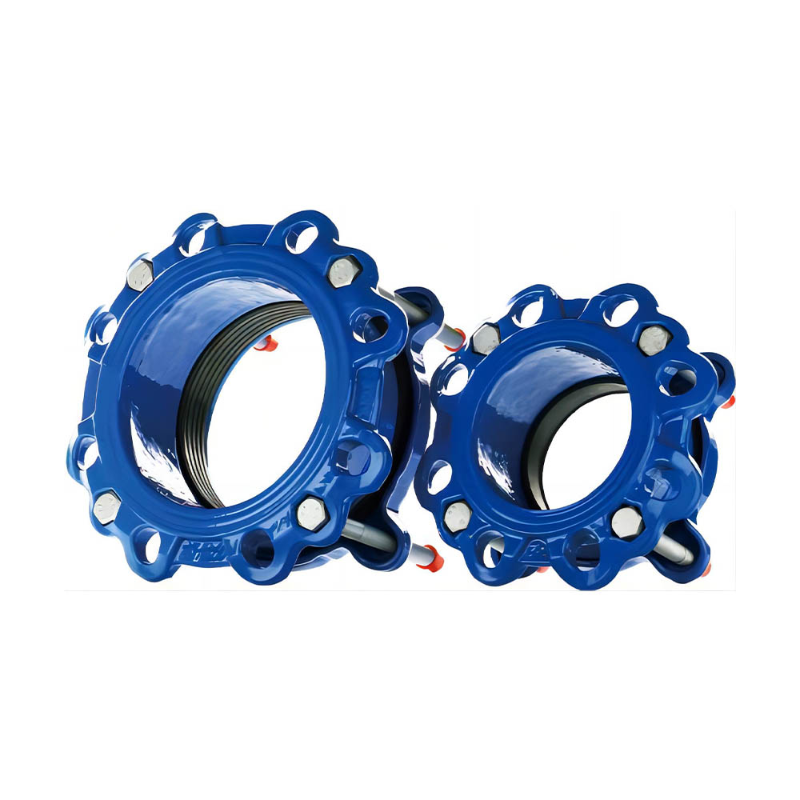
Обеспечение безопасной установки с помощью механического соединения трубы из гвоздого железа
Для гибкой железной механической соединительной трубы сделайте следующее:
- Поставьте железное кольцо и уплотнение на конец шпига.
- Скользите шипку в колокол, пока она не вписывается плотно.
- Переместите уплотнение так, чтобы оно сидело против лица колокольца.
- Поставьте железное кольцо за уплотнением.
- Затягивайте болты медленно, один за другим, пока не достигнете правильного крутящего момента.
Это поддерживает давление равномерно и останавливает утечки.
Техническое обслуживание для долгосрочной надежности
Процедуры и графики рутинных инспекций
Проверьте свою систему не менее одного раза в год. Если он находится в трудном месте, например, близко к соленому воздуху, проверяйте его чаще. Ищите ржавчину на болтах или изношенных уплотнениях. Ранное выявление проблем не позволяет им превратиться в большие исправления.
Вы можете сделать быстрые проверки глаз или использовать такие инструменты, как звуковые мониторы. Они помогают найти утечки без копания земли.
Выявление и решение общих проблем в трубопроводных системах
Некоторые проблемы, которые вы можете увидеть:
- Прокладки ломаются, потому что они не были правильно поставлены.
- Болты освобождаются от горячих и холодных изменений.
- Ржавя скрывается под изоляцией.
- Маленькие трещины от труб, которые не хорошо выставляются.
Исправите их, затягивая вещи во время проверок. Быстро замените плохие уплотнения, чтобы все работало гладко.
Стратегии замены стареющих или поврежденных компонентов
Если детали, такие как адаптеры или железы, трещины или слишком изношены, замените их немедленно. Используйте детали из Conflex Joints, которые идеально соответствуют. Небольшие утечки или небольшие повреждения могут быть исправлены. Но если все распадается, замените весь раздел. Планируйте своп в шагах, чтобы сохранить время простоя низким.
Работа с надежными поставщиками железных труб
Критерии выбора надежных поставщиков и производителей
Выберите поставщика, который имеет:
- Способы изготовления вещей, одобренные ISO.
- Хороший опыт твердых продуктов.
- Варианты изготовления индивидуальных деталей.
- Помощь в планировании и установке.
Conflex Joints проверяет все эти ящики. Они имеют более 15 лет ноу-хау и предложения индивидуальные решения.
Преимущества партнерства с опытными поставщиками железных труб
Сотрудничество с квалифицированными поставщиками труб из гвоздого железа, такими как Conflex Joints, означает, что вы получаете высочайшие продукты. Их гибкие железные фланцевые адаптеры и механические соединения построены для жестких условий. Кроме того, они дают хорошие советы. Это уменьшает количество ошибок при настройке и помогает вашей системе длиться дольше.
Глобальные соображения цепочки поставок для промышленных проектов
Для крупных работ в таких местах, как Европа или Латинская АмерикаПолучение деталей вовремя является ключевым. Conflex Joints имеет прочную глобальную цепочку поставок. Они работают с водными, отоплительными, газовыми и химическими компаниями по всему миру, даже в Африке и Австралии. Они доставляют быстро и поддерживают высокое качество.
Применения в различных отраслях и инфраструктурных проектах
Использование в системах водоснабжения и дренажа
Гибкие железные трубы отлично подходят для перемещения грунтовых вод. Они не легко ржавеют и очень сильны. Они также отлично подходят для сточных вод, потому что они могут обрабатывать грязные вещества в сточных водах. Их долгая жизнь делает их умным выбором для городских водных систем, которые должны сократить утечки в течение многих лет.
Интеграция в газопроводы, нефтепроводы и химические трубопроводы
Сталь обычно используется для нефтепроводов высокого давления, потому что она супер жесткая. Но гибкие железные трубопроводные фитинги часто становятся лучшей сделкой со временем. Они прочны, сопротивляются ржаве и требуют меньшего обслуживания. Они отлично подходят для боковых систем, таких как перемещение шламы или воды на нефтеперерабатывающих заводах или химических заводах.
Универсальность в отоплительных сетях и муниципальной инфраструктуре
Трубы из пластичного железа хорошо справляются с тепловыми изменениями, что делает их идеальными для систем центрального отопления. Их push-fit соединения позволяют вам легко перенаправлять трубы. Это экономит деньги во время городских проектов, избегая больших изменений в жестких установках труб.
Часто задаваемые вопросы
Для чего используется адаптер пластичного железного фланца?
Он соединяет простые трубы с фланцевыми деталями, такими как клапаны или насосы. Это держит вещи сильными, даже когда давление прыгает вокруг.
Как узнать, нуждается ли моя система в механической трубе из гвоздого железа?
Если ваши трубы нуждаются в регулярном доступе или сидят в смещающейся земле, эти фитинги отличны. Они немного согнутся там, где жесткие фитинги не сделают.
Могу ли я установить эти фитинги сам?
Некоторые настройки выглядят легко, но вам нужно получить крутящий момент правильно. Для работ с высоким давлением безопаснее нанимать профессионалов.
Как часто я должен проверять мою систему труб из гвоздого железа?
Проверьте как минимум раз в год. В тяжелых местах, таких как близко к океану, делайте быстрый обзор каждый месяц.
Где я могу найти надежных поставщиков гвоздых железных труб?
Доступ к конфлексным суставам. Они являются надежным именем с заказовыми продуктами адаптеров фланцев из гибкого железа и доставкой по всему миру.


